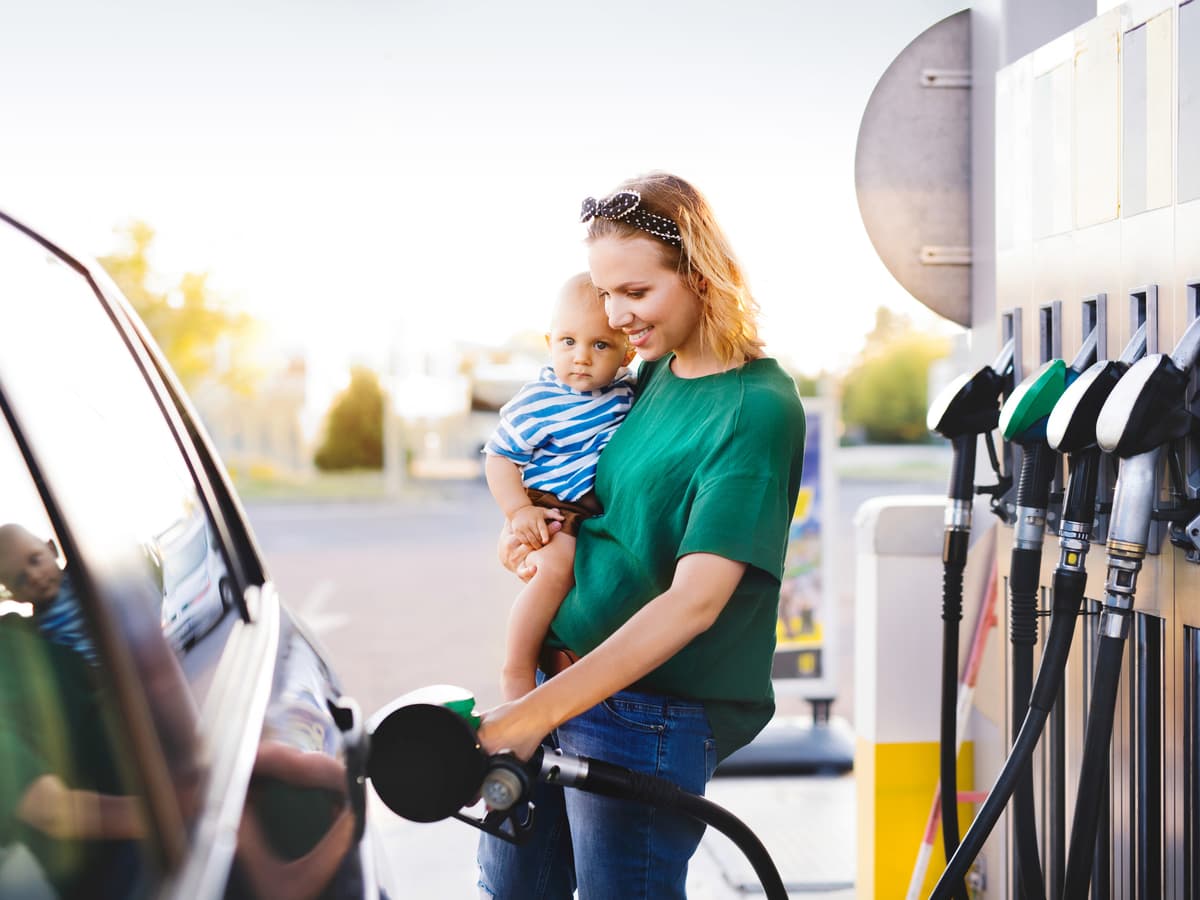
Do New Tires Improve Gas Mileage?
Perhaps your tire tread has begun to wear. Or maybe, you can’t remember the last time you purchased a new set. Could now be the time to buy new tires? Learn how new tires can support gas mileage, plus other tips for putting more “pedal to the metal” with the same tank of gas.
Have Your Tires Inspected by a Professional
If you’ve noticed that you have to stop at the gas station more often than usual, this may be a clear indication that you need new tires. You may not think that new tires and gas mileage are related, but the quality of your tires can have a drastic impact on fuel efficiency.
If your tire tread is uneven or your tires are improperly inflated, your vehicle and engine have to put in much more effort to move forward. Poor rolling resistance, or the effort required to keep your vehicle moving down the road, can also affect gas mileage.
Although many other factors can cause an increase in fuel consumption, making sure your tires are in good condition is a quick and easy way to pinpoint the problem. Have your tires inspected by a professional mechanic to ensure this isn’t affecting how much you’re spending at the pump.
Choose Fuel-Efficient Tires
Before hitting the road, another way to help keep more gas in the tank is to purchase fuel-efficient tires. This tire type typically features a specific tread design that helps to minimize the amount of energy — or gasoline — required to make your car move.
In addition, they often produce less heat when driving down the road and have a lower rolling resistance than regular tires. All of which helps to improve tire longevity and fuel usage.
Check Tire Pressure Regularly
Tire pressure and gas mileage are also related. To prolong the life of your new fuel-efficient tires, proper tire pressure is key. Under-inflation and over-inflation can both cause your tires to wear out faster, reducing the amount of fuel savings you would gain from a recently replaced set.
If you want to minimize fuel consumption and prolong the lifetime of your tires, check your tire pressure (or PSI) at least once a month with a tire gauge. Ensure that the PSI matches the manufacturer recommended air pressure listed on the inside of your driver’s side door jamb.
Pro tip: It’s best to check tire pressure when the tires are “cold”— or rather, when you haven’t driven for at least three hours.
Rotate Your Tires Regularly
Ensuring that your tires are rotated regularly can help improve fuel economy. But what does it mean to rotate your tires?
Tire rotations are when you move the tires and wheels of your vehicle from one position to another. So, the tires at the front and the back might simply switch places. This process is key to ensuring tire longevity and better fuel efficiency since it helps prevent uneven wear resulting from the different loads experienced by each tire.
If your tires are unevenly worn, they can’t maintain uniform contact with the pavement, resulting in increased friction, more engine effort, and reduced gas mileage. This relatively inexpensive car care service should generally be done every 5,000 to 8,000 miles. But be sure to check your car owner’s manual for specifics related to your vehicle.
Maintain Proper Alignment
Another way to prevent the tread on your tires from wearing unevenly—and negatively impacting your gas mileage — is to make sure they’re properly aligned. Every time you replace worn out tires, have a professional mechanic align them to better guarantee you maximize their rolling efficiency and reduce the number of times you have to stop at the pump.
We’ve said it before and we’ll say it again! Hit up a local Rent-A-Center before you hit the road for low prices on high-quality tires, tech, and more. Drive safely on a new set of tires for as low as $19.99 per week!*